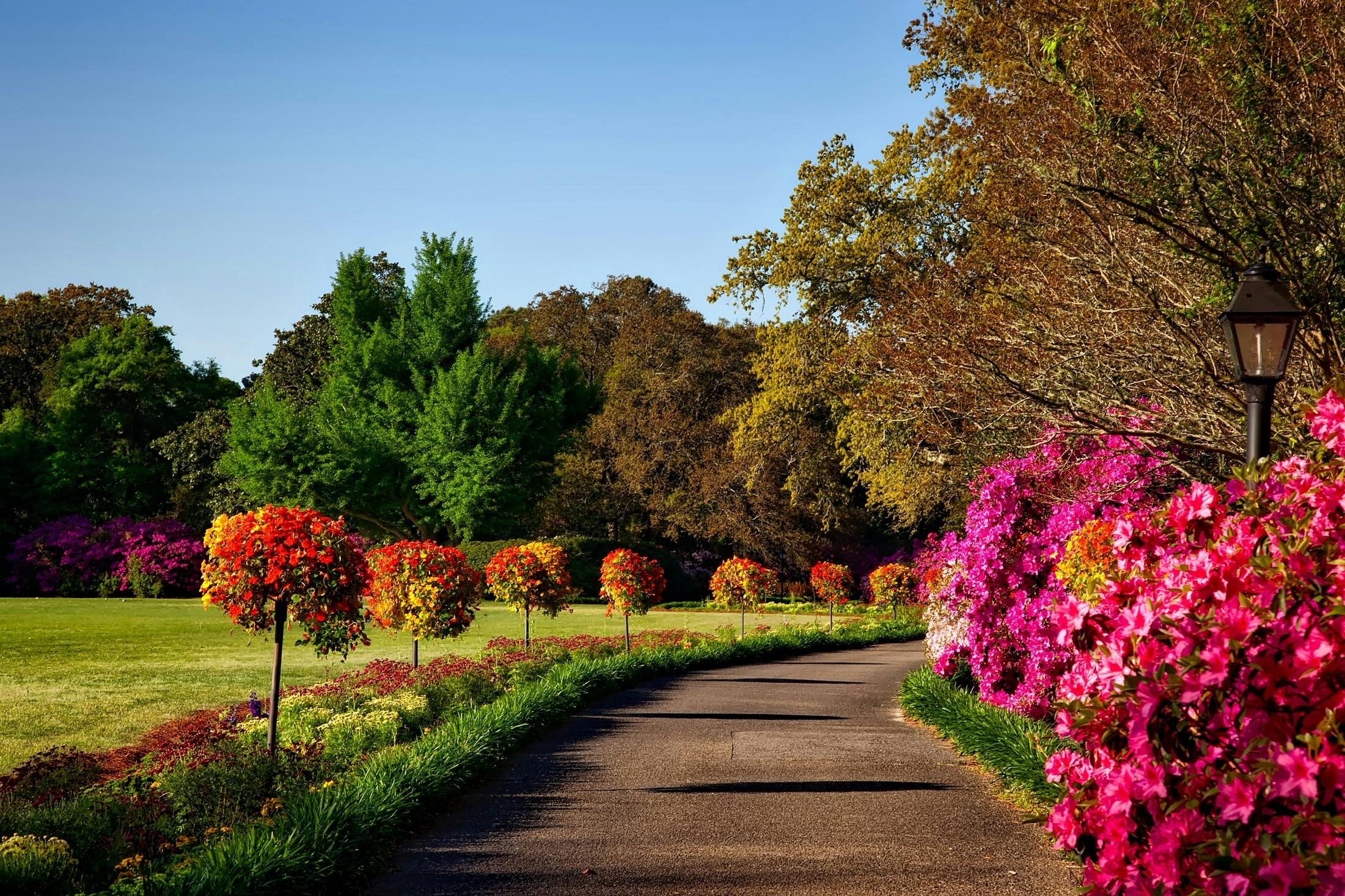How Can UK Botanical Gardens Use Digital Tours to Increase Accessibility and Learning?

In a world where technology is rapidly integrating into nearly every aspect of our lives, the way we interact with nature is no exception. The use of digital tours is increasingly becoming a popular method for botanical gardens to enhance their visitor's experience. This article explores the potential of these tours in the UK botanical gardens. We will dive into how they can leverage digital tours to improve accessibility and foster a more enriching learning environment.
The Reality of Virtual Tours in Botanical Gardens
Botanical gardens are not just about beautification; they are a haven for plant scholars, offering a wealth of information and providing a conducive learning environment for both adults and children. However, the reality is that not everyone has the luxury of visiting these gardens in person. This is where the concept of virtual tours comes into play.
A lire en complément : What Are the Best Cloud Storage Solutions for UK Independent Filmmakers?
Virtual tours are designed to offer a digital yet near-real experience of visiting a botanical garden. They allow people from all walks of life to explore the beauty and diversity of plants from the comfort of their homes. More than just a tour, these digital experiences can provide interactive learning opportunities, with detailed information about the plants, their habitats, and their significance.
Enhancing Accessibility Through Digital Tours
Accessibility is a key issue in many public spaces, including botanical gardens. While many gardens work hard to improve physical accessibility, there is still a limitation on how many visitors can be accommodated at one time, and there are always those who are unable to visit due to geographical distance, physical disabilities, or other constraints.
A lire également : What Are the Most Promising Niches for New Tech Startups in the UK's Silicon Fen?
Digital tours open up a whole new realm of possibilities. They remove geographical boundaries, allowing anyone with an internet connection to take a tour of the garden. This not only increases the garden's reach but also opens up opportunities for people who may not have had the chance to visit a botanical garden before. Whether it's a school group from a rural area, an elderly person unable to walk long distances, or a busy professional who can't find the time to visit, digital tours make the beauty and knowledge within botanical gardens accessible to all.
The Power of Learning in a Virtual Environment
The main purpose of botanical gardens is not only to showcase the vast variety of plant species but also to educate visitors about the importance of plants and their roles in our ecosystem. Digital tours can enhance this learning experience significantly.
The virtual environment allows for an interactive learning experience - users can click on different plants to learn more about them, watch videos of plant life cycles, or even take part in interactive quizzes. This hands-on learning experience can often be more engaging and memorable than reading a plaque next to a plant.
Moreover, botanical gardens can take advantage of the data gathered from these tours to understand what visitors are most interested in, and tailor their educational content accordingly. This data-driven approach can enhance the learning experience, making it more personalized and effective.
The Role of Tech Giants Like Google in this Development
Tech giants like Google have played a significant role in the development of virtual tours. Google's Street View technology, for example, is commonly used to create 360-degree views of gardens, allowing visitors to navigate through the gardens as if they were really there.
Furthermore, Google's development of augmented reality technology opens up even more possibilities for interactive learning experiences. Imagine being able to point your phone at a plant in a virtual tour to instantly bring up information about it, or even watch a 3D model of its growth process.
The involvement of companies like Google also ensures that the technology behind these tours is continuously improving, providing increasingly realistic and immersive experiences for visitors.
Ensuring a Seamless Transition from Real to Virtual
While digital tours offer a myriad of benefits, it's crucial to ensure a seamless transition from real to virtual. The aim should be to recreate the garden experience as closely as possible, capturing the serenity and tranquility typically associated with botanical gardens.
Careful planning and execution are required to create a virtual tour that accurately represents the garden and its plants. High-quality images and videos, detailed and engaging plant descriptions, and easy navigation are all essential to creating a virtual tour that not only educates but also inspires and sparks a deeper appreciation for nature.
In conclusion, digital tours represent an exciting opportunity for botanical gardens in the UK to broaden their accessibility and enhance their learning offerings. By leveraging technology and data, they can create an enriching, interactive learning experience that reaches beyond their physical boundaries.
Utilising Cutting-edge Technologies for Creating Realistic Virtual Tours
The use of cutting-edge technologies, such as Google's Street View and augmented reality, are instrumental in creating realistic, immersive virtual tours. Google's Street View, a technology that provides panoramic views from positions along many streets in the world, can be used to generate 360-degree views of botanical gardens. This technology allows users to navigate through the gardens as if they were physically present, offering a near-real tour experience.
With the addition of augmented reality (AR), the virtual tour experience can be further enhanced. AR technology overlays digital information onto the real world, providing an immersive, interactive experience. In a virtual tour, users can point their devices at a plant model in the tour to instantly pull up detailed information about the species, view a 3D model of its growth process, or even see a simulation of the plant's natural habitat.
Furthermore, the Unreal Engine, a powerful creation tool for photoreal visuals and real-time immersive experiences, can be utilised to create highly detailed and realistic plant models for the virtual tours. Botanical gardens can also provide links that open a separate window for users to access scholarly articles and resources, such as those found on Google Scholar or PubMed, for in-depth information about the plants.
Conclusion: Embracing the Future of Botanical Gardens
In the 21st century, botanical gardens are more than just locations for enjoying natural beauty. They are centres for learning, research and conservation. However, physical constraints often limit their reach and accessibility. Virtual tours, powered by advanced technology, can be the solution to overcome these limitations.
By integrating technologies such as Google's Street View, augmented reality and Unreal Engine, botanical gardens can create immersive, interactive learning experiences that transcend geographical boundaries. These digital tours can not only showcase plant models in much greater detail than can be perceived by the naked eye but also provide information about the species, their natural history and their roles in our ecosystem.
Moreover, the data gathered from these tours can help botanical gardens tailor their content to meet the interests of their audience, enhancing the learning experience. The advent of virtual tours also opens up opportunities for collaboration among botanical gardens, allowing them to share their collections and knowledge with one another and with the public.
Today, digital tours are no longer a novelty but a necessity. By embracing this technology, botanical gardens in the UK can continue to fulfil their mission of education and conservation, reaching a wider audience than ever before. As we move forward, we can expect to see an increasing integration of technology in botanical gardens, with virtual reality, augmented reality and other emerging technologies paving the way for a new era of botanic exploration.
